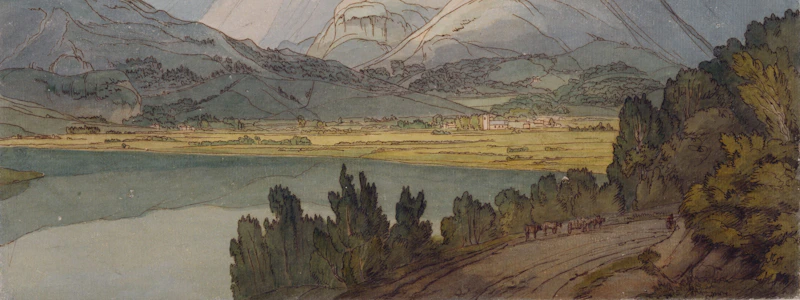Podcast
Questions and Answers
Which of the following artistic styles was dominant in the Philippines during the late 19th century?
Which of the following artistic styles was dominant in the Philippines during the late 19th century?
- Neo-Classicism (correct)
- Geometric Sculpture
- Minimalist
- Propaganda Art
Which of these artists is considered the 'father' of Modern Philippine art?
Which of these artists is considered the 'father' of Modern Philippine art?
- Juan Luna
- Victorio Edades (correct)
- Fernando Amorsolo
- Fabian de la Rosa
What was a major factor influencing Philippine literature during the American period?
What was a major factor influencing Philippine literature during the American period?
- The introduction of Nihonggo (Japanese language)
- The influence of American education. (correct)
- The rise of the 13 Modernists group.
- Propaganda aimed against American influence.
What is the significance of the 'Las Damas Romanas' painting by Juan Luna?
What is the significance of the 'Las Damas Romanas' painting by Juan Luna?
Which of these aspects of the Filipino culture is NOT specifically mentioned as being impacted by the American era?
Which of these aspects of the Filipino culture is NOT specifically mentioned as being impacted by the American era?
What does the text suggest is a significant factor influencing the development of contemporary art practice?
What does the text suggest is a significant factor influencing the development of contemporary art practice?
What was a primary purpose of art in the pre-colonial Philippines?
What was a primary purpose of art in the pre-colonial Philippines?
Which of the following art forms is NOT explicitly mentioned as being prevalent in Pre-colonial Philippine art?
Which of the following art forms is NOT explicitly mentioned as being prevalent in Pre-colonial Philippine art?
What is the significance of Dr. Renato Constantino's assertion regarding Philippine history?
What is the significance of Dr. Renato Constantino's assertion regarding Philippine history?
Which of the following is NOT a characteristic of the “Singkil” dance?
Which of the following is NOT a characteristic of the “Singkil” dance?
Flashcards
Pre-Colonial Arts
Pre-Colonial Arts
The artistic expressions of indigenous Filipinos before colonization, used for rituals and everyday life.
Islamic Art
Islamic Art
Art influenced by Islamic culture, including architecture, calligraphy, and textiles, present in the Philippines since 13 AD.
Dance Singkil
Dance Singkil
A traditional Filipino dance from the Maranao people, narrating the epic 'Darangan' with ankle bells.
Okir
Okir
Signup and view all the flashcards
Ethnic Arts
Ethnic Arts
Signup and view all the flashcards
Boogie-Woogie
Boogie-Woogie
Signup and view all the flashcards
Philippine literature under American rule
Philippine literature under American rule
Signup and view all the flashcards
Japanese Era in Philippine Arts
Japanese Era in Philippine Arts
Signup and view all the flashcards
Modern Philippine Art
Modern Philippine Art
Signup and view all the flashcards
Victorio Edades
Victorio Edades
Signup and view all the flashcards
Study Notes
Contemporary Philippine Arts from the Regions - Module 1
- This module covers Contemporary Philippine Arts from the Regions.
- It covers Quarter 3, Module 1.
- The material is published by the Department of Education.
- It is an Alternative Delivery Mode (ADM) learning material.
- The copyright is held by the Department of Education.
- It is not for sale.
- The module's content is based on Republic Act 8293, Section 176, which specifies that the government's works do not have copyright protection but prior approval is necessary for commercial use and royalties can be imposed.
- The module uses materials (songs, stories, poems, pictures, photos, etc.) owned by their respective copyright holders.
- Every effort was made to obtain necessary permissions for the use of these materials.
- The module's development team includes writers, reviewers, editors, illustrators, and layout artists.
- The module is printed in the Philippines by the Department of Education, National Capital Region, SDO Valenzuela.
- The module's specific location in Valenzuela City, Philippines, is given.
- Specific contact information (phone numbers and addresses) for questions or feedback from the Department of Education, SDO Valenzuela, are provided.
Expected Learning Outcomes
- Explain the definition of Contemporary Arts and the timeline of arts in the Philippines.
- Describe various Contemporary Art forms and their practices from the various regions.
- Value the Importance of Contemporary Philippine Arts from the Region.
What I Know
- The module includes five images and asks the student to identify the words represented.
Studying That Suits You
Use AI to generate personalized quizzes and flashcards to suit your learning preferences.




